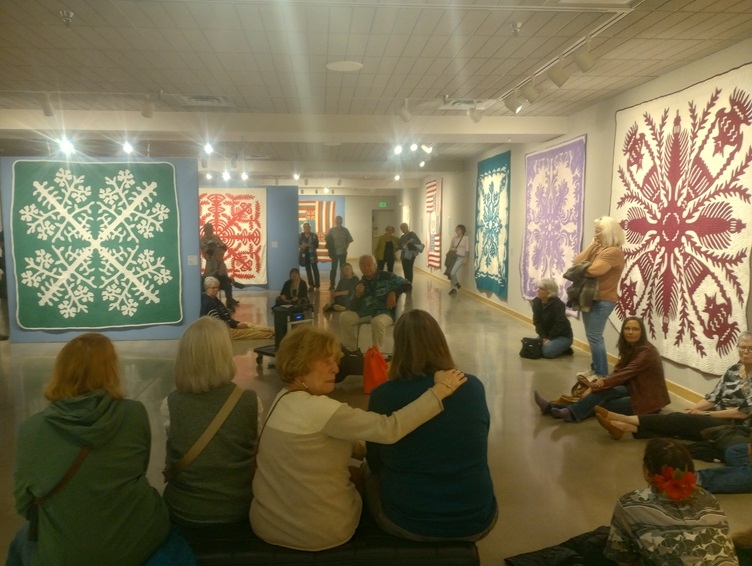Kyle Bowen at Museum as Progress presented an interesting perspective on the way arts organizations can approach supporting the outcomes their visitors and participants seek. He tackles the perception that people seem to come to arts organizations with so many different problems they need solutions for, it can seem impossible to effectively be all things to all people.
We have all heard the saying that if you try to do a little of everything, you end up doing nothing well.
Kyle uses the example of the different lenses through which people view money. One person may have experienced a market crash and seeks to invest in things with which he can directly interact and control. Another seeks stable investment returns over time vs. risker bets. Another may have seen their parents fighting about money and wants to be in a position where money never harms their personal relationships. While each comes to a financial adviser with different emotional relationships with money, they all have the same desired outcome of financial stability even though they have different ideas and comfort levels associated with how to achieve that.
Bowen says financial advisors define their role as supporting clients financial security.
He goes through a similar process with examples of different perspectives people bring to their fitness goals. He defines, “Fitness professionals supporting clients who want to get healthier.”
Bowen claims that museum professional actually have a large range in which they can operate to support the goals of visitors and participants:
I’ll point out that museums are in a rather unique position — unlike financial advisors or doctors or trainers or so many other professions, museums can support a plethora of outcomes. They have the privilege of choosing from among many outcomes — whether social, personal, physical, or intellectual — where so many others have their work cut out for them by comparison. And even so, the same rules apply to other sectors — the more a financial advisor or trainer or airline or landscaping company understands what makes their customers tick, the greater advantage they’ll have.
So in this context, perhaps mission statements need to be changed from something along the lines of “Providing world class experiences and artistic excellence of the highest caliber to our community” to something like “Providing opportunities for our community to stimulate their curiosity, cultivate their creativity, strengthen relationships with family and friends in a relaxing, rejuvenating environment.”
While that may be a little heavy handed, it does represent a conceptual shift from providing a product to defining the organization’s role in the community.







Santa Cruz Shakespeare has several tiers of benefits for donors/members. Some, like season-announcement parties, are open to several tiers. Some,…